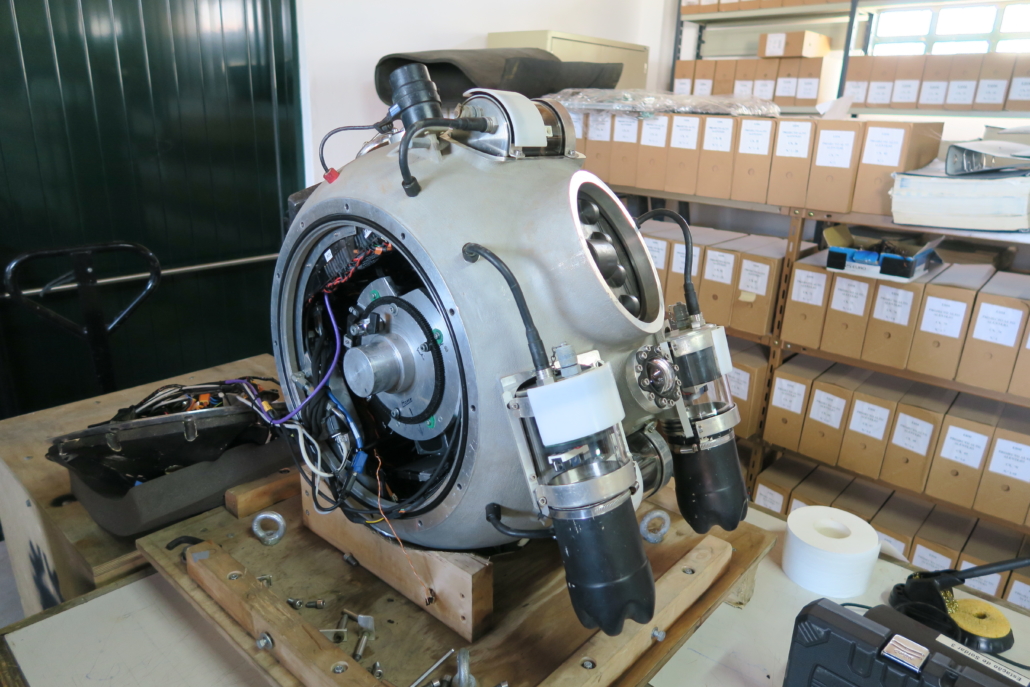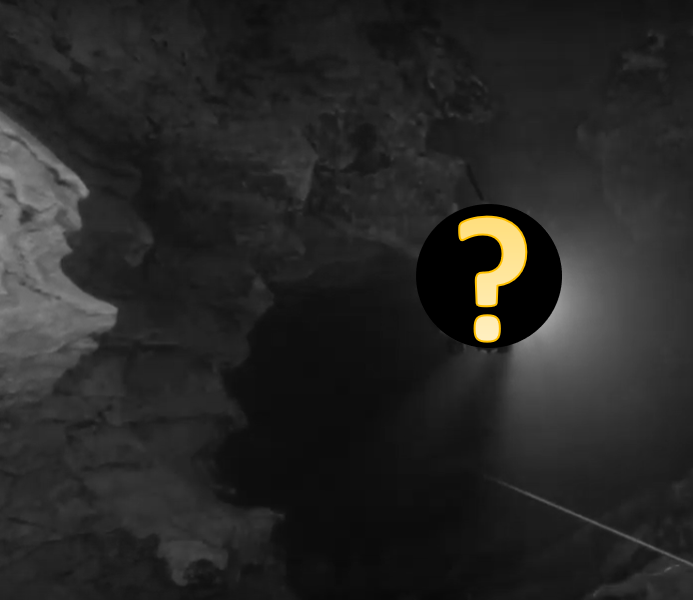As described in the “UNEXUP Objectives” page, the consortium aims to make further improvements in the current UX-1 multi-robotic platform, in order to upscale its hardware, software and capabilities. These envisaged improvements come from dialogue and discussions with stakeholders from the predecessor project – UNEXMIN, which enabled the consortium to understand what is expected and needed by the mining companies and other potential clients of the mine mapping/exploration service for flooded environments.
Therefore, the upscaling of UX-1 will be market oriented, and not only addressed to raising scientific interest. This concept is the core difference between the H2020 UNEXMIN project, and the current UNEXUP – funded by EIT RawMaterials. UNEXMIN was a research project whose purpose was to develop and test a multi-robotic system to survey underwater environments; UNEXUP is an upscaling project, with the purpose of bringing commercial interest to the technology, while improving it based on market requirements and expectations from future customers.
The new UX-1, to be developed and tested this year will address the limitations detected in the current robot during UNEXMIN field missions. In addition, software and hardware improvements, such as greater depth capacity, more endurance, replaceable batteries, vehicle positioning and better navigation and geoscientific instruments will enhance the robots’ capabilities to conduct raw materials exploration/mine mapping missions in a safer and more reliable way, under more challenging environments.

In addition, the technology developers of UNEXUP will build an additional robot to be added to the UNEXUP robotic system. This robot is planned to be ready in the second project year – 2021 – and will open new exploration possibilities for the mining community. It will be a heavier vehicle, with greater depth capacity and scientific payload, which will be defined and tested at later stages of the project.




